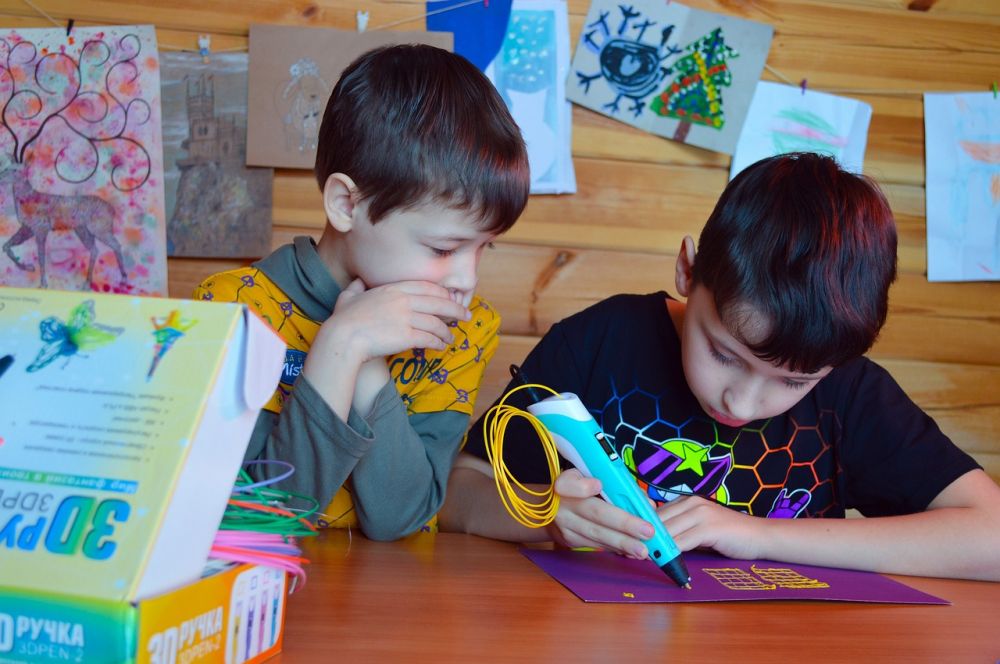Adopting Children: A Comprehensive Guide

Introduction ():
Adopting Children: A Life-Changing Journey

Overview of Adopting Children:
Adopting a child is a profound decision that transforms the lives of both the child and their adoptive family. It is a legal process that provides loving homes for children who, for various reasons, cannot be raised by their biological parents. This article aims to provide a comprehensive understanding of the adoption process, including its types, popularity, and relevant quantitative measurements.
Understanding the Adoption Process:
Adoption comes in various forms, each with its unique process and requirements. The most common types include domestic adoption, international adoption, and foster care adoption. Domestic adoption involves adopting a child from one’s own country, international adoption refers to adopting a child from another country, and foster care adoption involves adopting a child from the foster care system.
Quantitative Measurements in Adoption:
When considering the statistical aspects of adoption, it is vital to understand the numbers involved. According to recent reports, there are approximately 140 million orphans worldwide, with millions of children in need of loving families. The adoption rates vary significantly across countries, and it is crucial to explore these statistics while making an informed decision.
Exploring Different Types of Adoptions:
Each type of adoption holds its own unique set of characteristics and considerations. Domestic adoption often allows for more direct contact with birth parents, while international adoption involves navigating different legal systems and cultural aspects. Foster care adoption provides the opportunity to offer stability and a loving environment to children who have experienced trauma or neglect.
Distinguishing Factors Among Different Adoption Types:
Although the ultimate goal of all adoptions is to provide children with permanent, loving families, there are notable differences among various adoption types. These differences range from legal requirements and cost to the duration of the adoption process. Prospective adoptive parents should be aware of these distinctions to choose the most suitable path for their family.
A Historical Analysis of the Pros and Cons of Adoption Types:
Throughout history, the perception of adoption has evolved, leading to changes in the pros and cons associated with different adoption types. Domestic adoption, for instance, may offer a higher chance of maintaining cultural heritage, while international adoption provides opportunities to connect with diverse backgrounds. It is important to examine these historical aspects when considering the advantages and disadvantages of each adoption type.
Conclusion:
Adopting a child is a significant decision that requires careful research, emotional preparedness, and a committed heart. Understanding the various types of adoption, quantitative measurements, and historical implications helps prospective adoptive parents navigate the process more confidently. By providing a loving home to a child in need, adoptive families can change lives and create lifelong bonds.
References:
– [Insert references here]





















